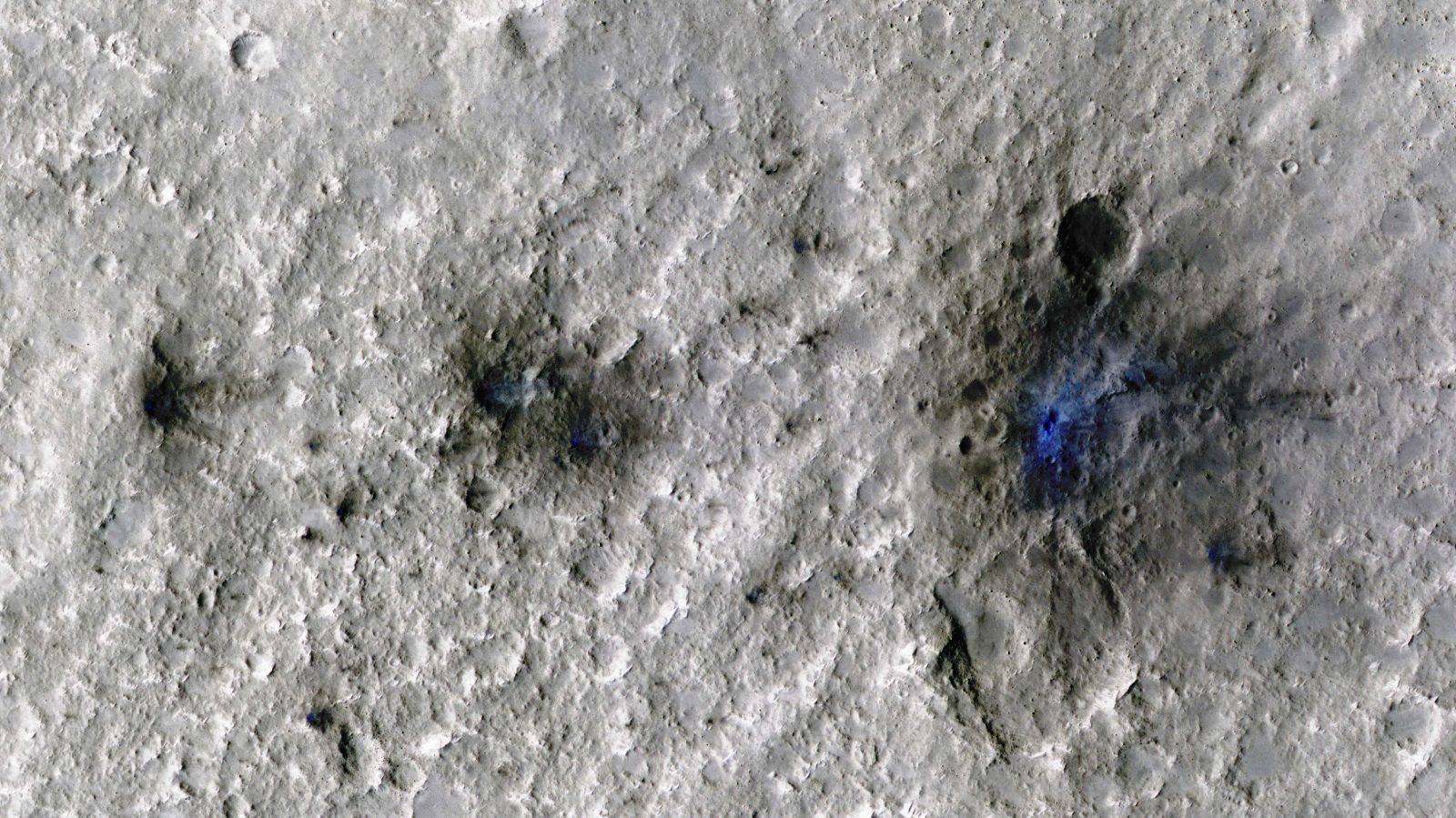
Unlike Earth, Mars has a relatively thin atmosphere. This makes the planet far more vulnerable to meteorite strikes. In newly released audio from NASA, the Insight lander picks up the vibrations and sounds of four meteoroids striking the planet’s surface.
NASA’s InSight or the Interior Exploration using Seismic Investigations, Geodesy and Heat Transport mission is a robotic lander designed to study the interior of Mars, mainly through “marsquakes.”
In addition to its main of studying inside Mars, InSight also is equipped with a seismometer onboard. This is used not only to detect marsquakes but also high-impact events such as meteorite attacks that send seismic and acoustic waves across the surface.
“These seismic measurements give us a completely new tool for investigating Mars, or any other planet we can land a seismometer on,” states planetary geophysicist Bruce Banerdt, InSight mission’s principal investigator.
According to NASA, it was just able to confirm one of four recorded meteorite strikes picked up by InSight after the agency’s Mars Reconnaissance Orbiter flew over the impact sites.
I say ‘impact sites’ because this single meteoroid exploded into three separate pieces upon hitting the ground roughly 180 miles (290 kilometers) from InSight’s location.

Each is decent in size and estimated to weigh approximately 440 pounds (200 kg), with diameters of about 20 inches (50 cm). The impact craters created by these space rocks are about 24 feet (7.2 meters) wide.
In the audio from NASA’s InSight lander on Sept. 5, 2021, you can hear three distinctive “bloops” as the meteorites strike the ground. According to NASA, this peculiar sound is due to an atmospheric effect that’s also been observed in deserts on Earth, where lower-pitched sound waves arrive before high-pitched ones.
“After combing through earlier data, scientists confirmed three other impacts had occurred on May 27, 2020; Feb. 18, 2021; and Aug. 31, 2021,” says NASA’s press release. Though they have yet to be confirmed without visual confirmation.
This is the first ever the sound of a meteoroid impact has been recorded on another world.
NASA says more minor quakes produced by these impacts will help give glimpses into the Martian crust, while seismic signals from larger quakes can reveal more about the planet’s mantle and core.
Though, time is running out for scientists. Current dust build-up on the InSight lander will eventually lead to the spacecraft losing power and shutting down. “Predicting precisely when is difficult, but based on the latest power readings, engineers now believe the lander could shut down between October of this year and January 2023,” says NASA.
FTC: We use income earning auto affiliate links. More.






Comments